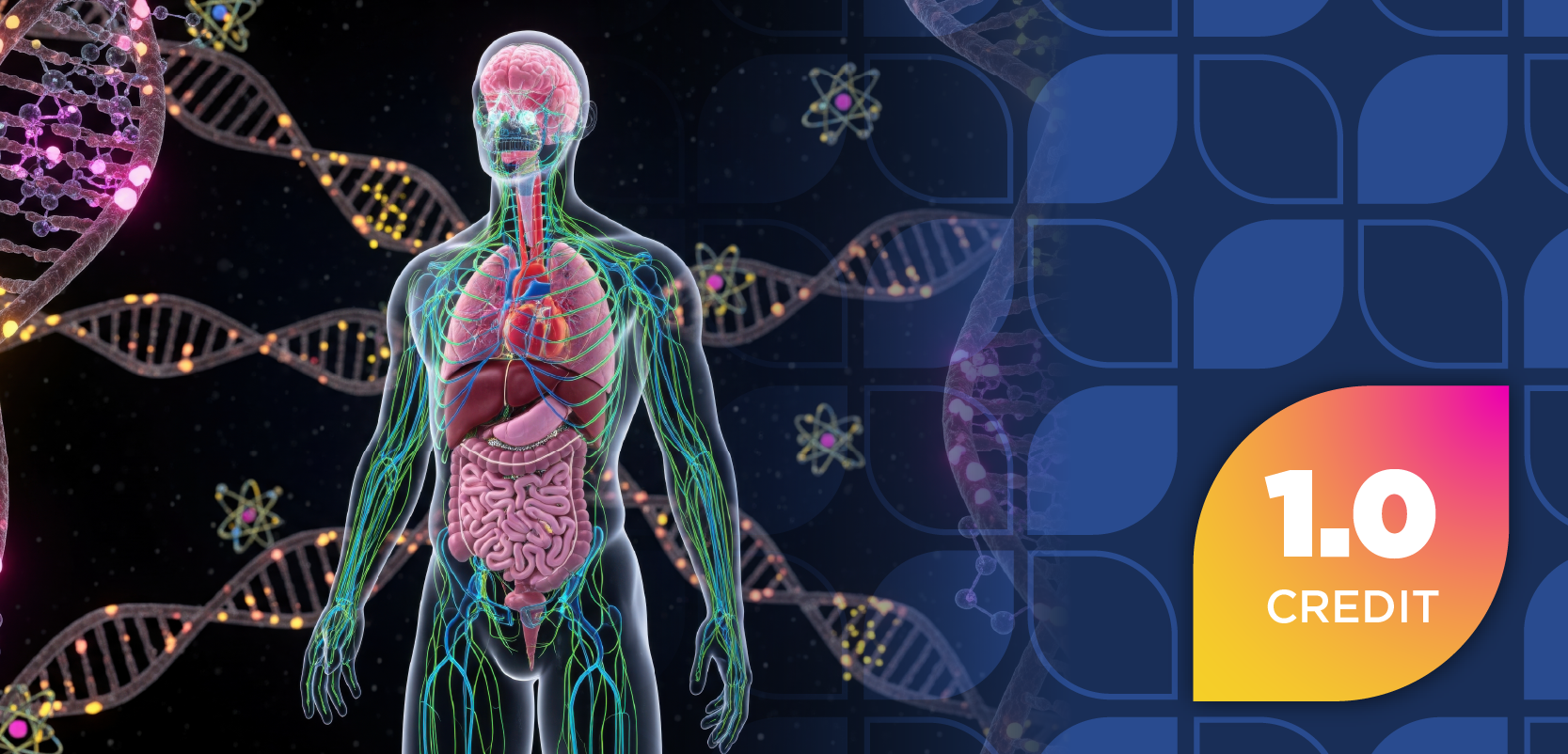
Opinion|Videos|December 23, 2024
Navigating REMS Requirements and Educating Other Stakeholders on Bispecific Therapies
Key Takeaways
- Weekly dosing may provide consistent therapeutic levels, while biweekly dosing reduces hospital visits, affecting patient convenience and healthcare resource allocation.
- Formulary decisions should evaluate efficacy, safety profiles, cost-effectiveness, and integration potential into existing treatment regimens.
Panelists discuss the guidance on managing REMS program compliance for bispecific therapies and strategies for educating non-oncology health care providers about cytokine release syndrome (CRS) and immune effector cell–associated neurotoxicity syndrome (ICANS) toxicities.
Advertisement
Episodes in this series

Video content above is prompted by the following
- Each of these bispecific therapies has an associated REMS program. What is involved with these programs, and what best practices can you share on successfully meeting REMS requirements?
- How can institutions educate health care professionals outside of oncology (eg, primary care, emergency department) about CRS and ICANS in the event patients experiencing these toxicities seek care in those settings?
Newsletter
Stay informed on drug updates, treatment guidelines, and pharmacy practice trends—subscribe to Pharmacy Times for weekly clinical insights.
Advertisement
Latest CME
Advertisement
Advertisement
Trending on Pharmacy Times
1
FDA Approves Reformulated Ranitidine After 5-Year Absence
2
Zuranolone Offers New Hope for Postpartum Depression
3
Redefining the Role of GLP-1 Therapies: The Clinical Trials Behind the Expanding Indications
4
Updated Hypertension Guidelines Are Here
5



















































































































































































































